New perk! Get after it with local recommendations just for you. Discover nearby events, routes out your door, and hidden gems when you sign up for the Local Running Drop.
Just like flossing your teeth, mobility is the thing that you should be doing as a runner but that all too often gets blown off. I do everything else right—I get in my miles, I strength train twice a week—I can get away with not doing mobility, you may think to yourself. Or, maybe you’re not even sure what mobility really is, and why you should do it?
Here’s your answer: “Mobility is active range of motion,” explains Los Angeles–based physical therapist Jen Esquer. It often gets confused with flexibility, which, Esquer says, is passive range of motion. (Think: those sit and reach tests you did in grade school.) “Passive isn’t bad by any means, but we have to include that active component if we’re actually trying to change the way that we move,” says Esquer.
Mobility is that active component—it’s your ability to, say, move through a full stride when you run rather than being inhibited by tight hips or ankles—and yes, this type of training can actually change the way you move and run. If your hips don’t allow you to kick back through your full range of motion in a running stride, you won’t be as efficient. That adds up over miles and miles. And, over time, can compound your risk of injury.
“If our mobility is limited in one area, then we could be overcompensating in another area,” says Esquer. “Maybe your knee is hurting, but it’s because you haven’t been paying attention to your hips or ankles. Or maybe your foot is hurting, but it’s because you’ve been neglecting your big toes or ankles. Looking at the joints above and below the area that hurts can actually dissect the root cause of the problem.”
Best of all, better mobility doesn’t have to be an hours-long pursuit you do three times a week. “It’s more about the smaller bits of consistency that are going to bring better results and longevity within your body,” she assures. That’s why we teamed up with Esquer to deliver two easy ways to work on your mobility. Check out the following moves and start working them into your regular routine. We promise, just a few minutes every day will be having you running stronger and feeling better than ever in no time.
Want a more personalized approach to the specific areas where you need improvement? Ask a local physical therapist for a one-time full-body assessment. Or check Esquer’s Mobility Method program, which also offers a self-assessment.
Your Easy, Everyday Mobility Challenge
Pick five moves from the list below and do one of them (that’s it, just one!) each day for five days. (By doing this—sticking with the same exercise for an extended period of time—you’ll get a sense of which moves you really need, which make your run different, and which you want to continue incorporating.) Sprinkle them in throughout your day whenever you can—as soon as you wake up, immediately following a run, when you need a break from work, while you’re watching your favorite show, or before you go to bed. Literally, whenever.
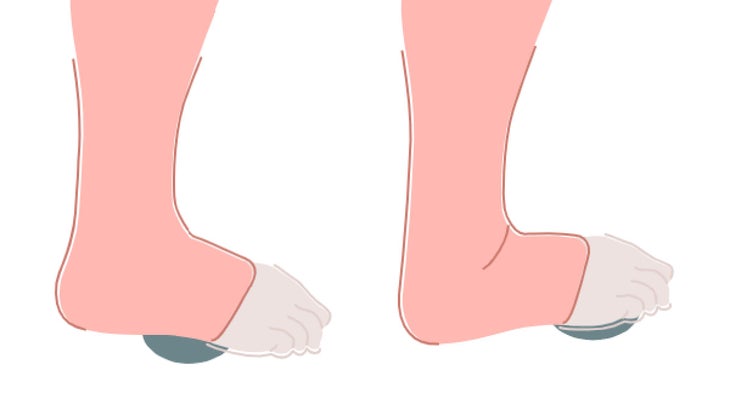
Foot Smash
Place a therapy ball at the heel, ball of the foot, and ball of the toe. Spend 1 to 2 minutes in each area, allowing your foot to move slowly over the ball. Then, repeat on the other foot. Esquer recommends the Tune Up Fitness Therapy ball for their ideal density, but you can also use a tennis, lacrosse, or other semi-firm rubber ball.
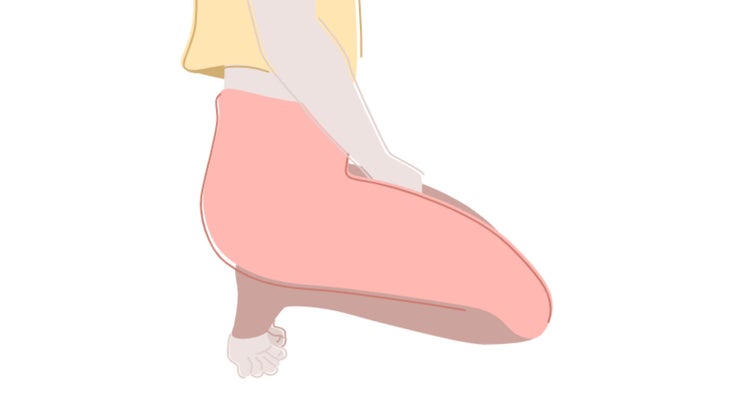
Big Toe Stretch
Sit resting on your knees and feet, toes curled under so your shins are lifted off the ground. Hold for up to 2 minutes. Most people can only tolerate 10 seconds to start, Esquer notes. Try 3 to 5 rounds of 10 to 30 seconds and slowly build up over time.
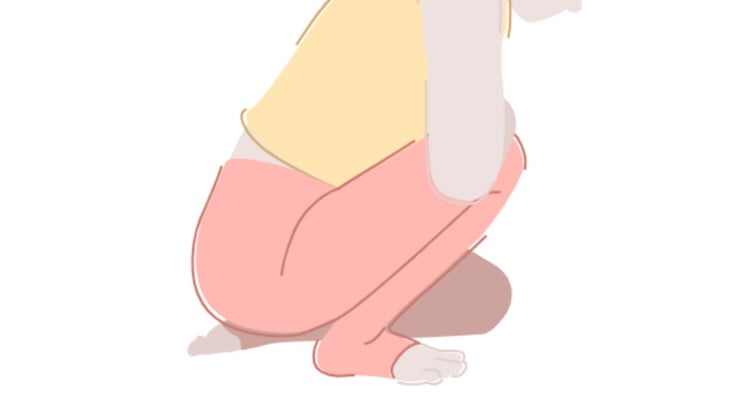
Ankle Stretch
From Big Toe Stretch, uncurl your toes to rest your glute back on your left foot and bring your right foot up to rest flat on the floor in front of you. Your knee should be 4 to 5 inches over your ankle, so that you’re stretching the ankle joint. Hold for 1 to 2 minutes on each ankle.
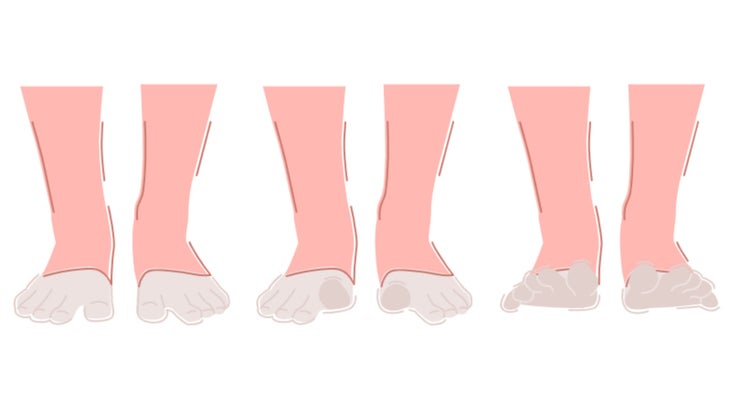
Active Toe Mobility
Stand with about an inch in between your feet and try bringing the big toes toward each other without moving the foot or the rest of the toes. Then, try lifting one toe at a time in a wave up and down.
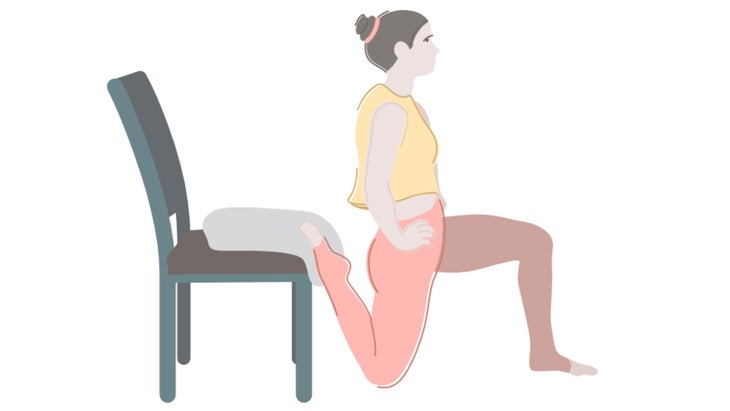
Quad Stretch
Get in a half-kneeling position, left knee bent at 90 degrees, foot planted on the ground in front of you, the back knee and shin down behind you. Then, lift your back foot up so you can rest the top of your foot on a chair behind you. You should feel the stretch in your back quad. Hold for up to 1 minute, then switch sides and repeat.
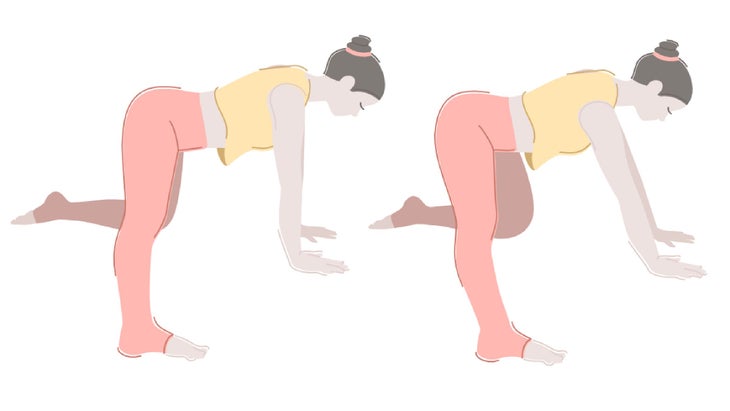
Adductor Rocks
From an all-fours position, extend your right leg straight out to the right, resting on the inside edge of the right foot. Slowly rock forward and backward on the wrist 10 times. Switch legs and repeat on the other side.
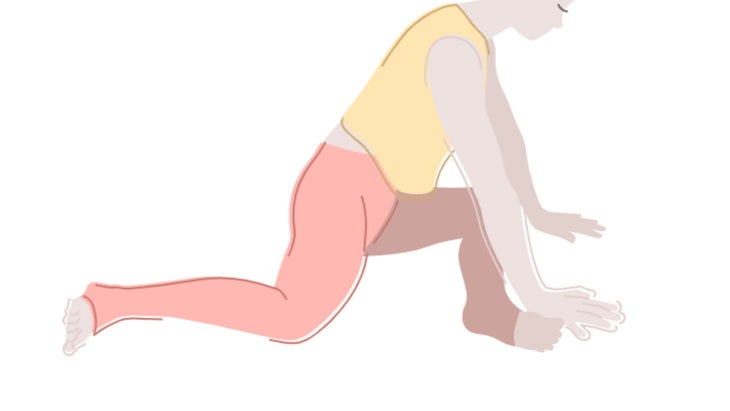
Hip Internal/External Rotation Stretch
Sit with right knee bent at 90 degrees in front of your body, left leg bent behind you at 90 degrees. Lean forward over your front leg until you feel the stretch. Hold for 1 to 2 minutes, then switch legs and repeat on the other side.
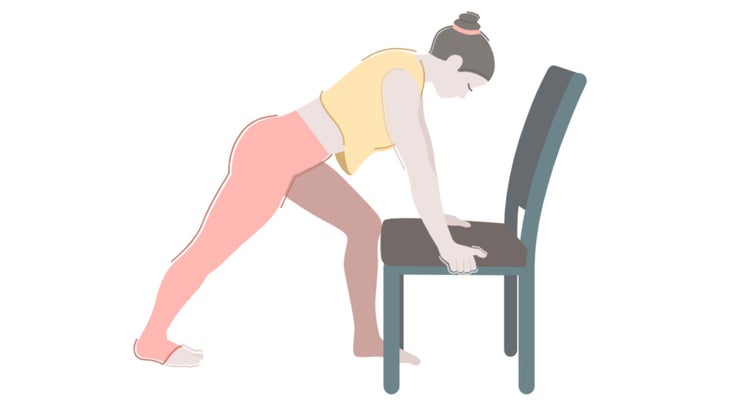
Gastroc Stretch
Stand facing a chair in a lunge position with left knee against the seat, slightly bent, right leg a few feet behind you and straight. Place your hands on the seat of the chair for balance. Hold for 1 to 2 minutes, then switch legs and repeat.
Your Perfectly Simple Pre-Run Mobility Matrix
Four moves to use before you hit the road. Run through one set of all of them, or focus on one or two for any areas that feel particularly tight.
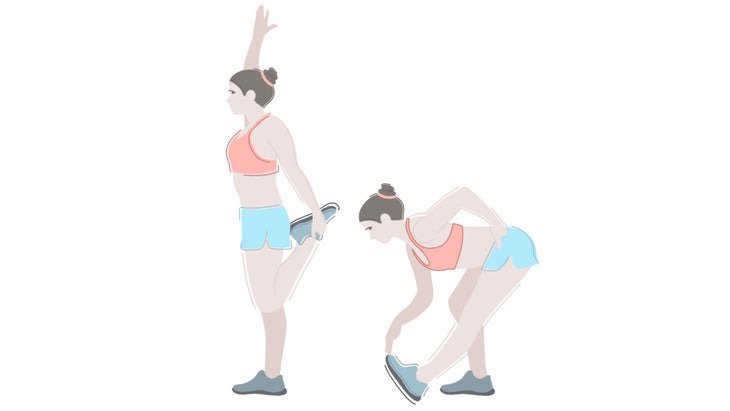
Standing Quad to Hamstring Stretch
Reach overhead with the left arm as you pull the right foot back behind you into a quad stretch, squeezing the glutes to posteriorly tilt the pelvis and deepen the stretch. Immediately bend at the hips for the hamstring stretch on the same leg. Repeat 5 to 10 times, then switch sides and repeat.
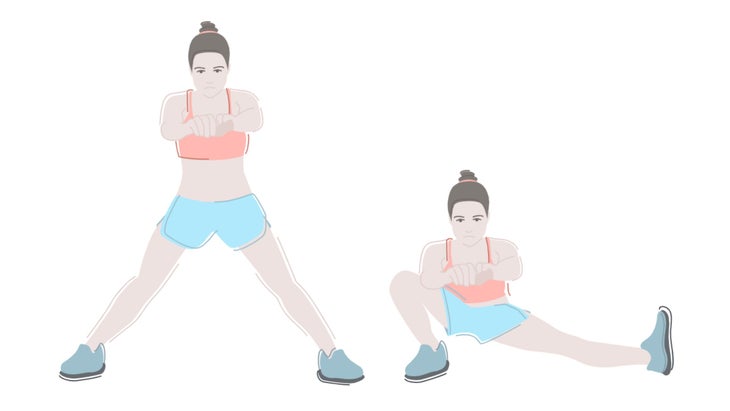
Adductor to Ankle Stretch
Stand with feet spread wide apart. Move your body toward the left and sit down into the left side, bending at the knee while keeping right leg straight out to the side. If there is no hip pinch sensation, feel free to lean over that front toe and compress that ankle in a supported position to release any ankle/Achilles tightness. Come back to start and repeat on the other side. Repeat 5 times.
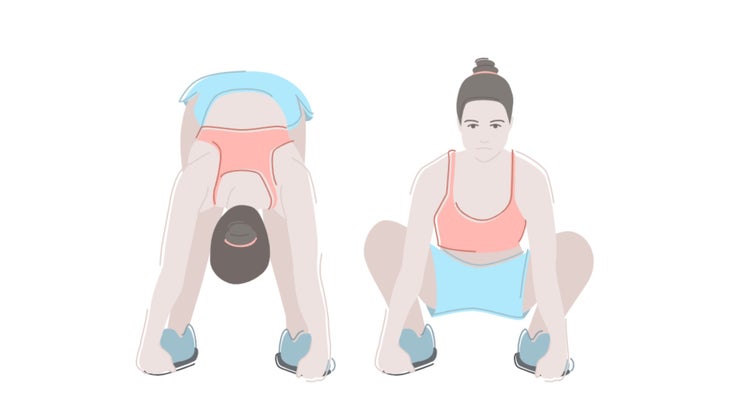
Low Squat to Hamstring Stretch
With feet hip-width apart, hinge at the hips to grasp the toes of each foot. Then, without letting go of feet, come into a deep squat. Pause, then return to the hamstring stretch. Complete 10 reps.
 Standing Piriformis Stretch
Standing Piriformis Stretch
Stand with right ankle crossed over your left knee. Hinge at the hips, pause, then return to standing and repeat. Complete 5 to 10 reps on this side, then repeat on the other.
 Standing Piriformis Stretch
Standing Piriformis Stretch